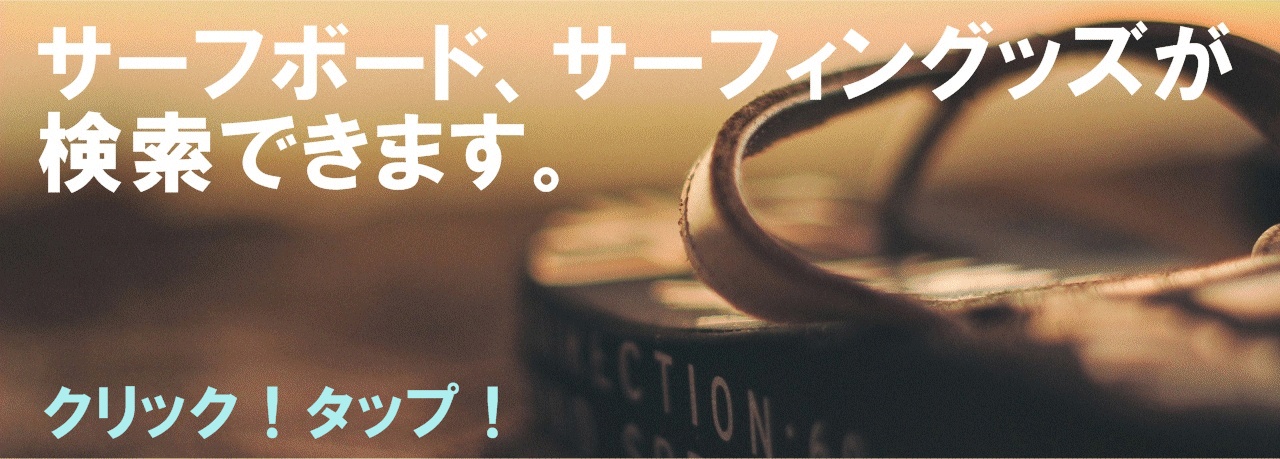Agave: the eco-friendly revolution in surfboard shaping

Polyurethane (PU) foam is not the original surfboard blank. The first-ever boards were made using natural wood from Wili Wili, Ula, and Koa trees.
The PU revolution of the 1950s brought a light and resistant core to the surfboard-shaping industry, but it also brought multiple environmental and health issues.
The need to find alternative sources led to the development of algae, cork, and mushroom-based sustainable blanks.
They all have fewer negative impacts on the ecosystem and can be turned into high-performance surfboards like any other standard PU equipment.
Agave is one of the stars of the 21st century thanks to its weight, density, flexibility, and easy-to-work features.
The Century Plant
But where does this plant come from?
Agave is a genus of monocots native to the hot and arid regions of the Americas, particularly Mexico and the Southwestern United States.
Known for their rosettes of tough, fleshy leaves, agaves are succulents, meaning they have adaptations for storing water.
There are over 200 species of agave, each with unique characteristics.
The agave can grow up to 40 feet (12 meters) high and has many uses, from ornamental to practical, in mezcal and tequila production, food, musical instruments, rope, sweeteners, fibers, and, lately, surfboards.
Most Agave species have a slow growth rate. Some are called “century plants” because of their unique blooming cycle.
People believe these plants live for 100 years before blooming and dying.
While Agave plants do indeed bloom once and die, this process rarely takes a full century.
When an Agave blooms, it quickly grows a tall flower stalk from its center, reaching heights much greater than the plant itself.
This rapid change often surprises gardeners, prompting them to identify and learn more about their plant.

A Different Type of Wood
Surfboard shapers working with this unique plant must be patient.
Since this plant is a succulent, meaning it is mainly composed of water, it needs to dry out before woodworking can begin.
The drying process can take a year or more.
The high moisture content often leads to mold forming inside the stalk, which causes the gray coloration in the grain.
Additionally, this wood has numerous hard and soft spots, making the shaping process much more challenging.
When working with wood, you need to proceed a bit more slowly, and dealing with organic material brings its highs and lows compared to the consistent density of foam.
However, the results are stunning.

Agave Surfboards Made in Kenya
Founded in 2021, Grow Blanks uses a sustainable business model to offer an eco-friendly alternative to traditional foam surfboard blanks.
Located in Kenya in one of the world’s largest sisal fiber-producing farms, the company harvests its materials sustainably from organically-grown agave.
All products, including any waste material, are 100 percent organic and biodegradable.
Based in Kenya, where unemployment rates are high, the brand’s workshop provides essential employment and training in a densely populated area.
The farm is surrounded by game-filled National Parks, serving as a vital corridor for wildlife movement.
By offering local communities a source of income, Grow Blanks helps reduce negative human-wildlife interactions, thereby protecting both livelihoods and animal lives.
Factory waste is repurposed into other products, such as biochar and soil amendments, further supporting local communities and providing additional employment opportunities.
Additionally, we grow mushrooms from the waste, an expanding aspect of the production line the company plans to develop further.
The founder and director, Daniel Treloar, who was born in Zimbabwe and has lived in several countries in Africa and beyond, is passionate about sustainable living and the ocean.
As a kitesurfer, he personally tests all of Grow Blanks’ products.
How to Shape an Agave Blank Surfboard
Shaping an agave blank is different from working on a PU blank.
The organic nature of the agave stalk means less consistent density than the non-natural component.
As a result, the hands of the shaper should be more gentle with the plant-based core to get superior results.
The ideal agave-based blank density for building a surfboard is between 50 and 90 kilograms per cubic meter.
Here are a few tips to consider when shaping your agave surfboard:
Hand Shaping
- Find and mark the center of the middle pole. If needed, follow the glue line;
- Mark the board’s outline with a thick black marker. As the work progresses, use finer ink gel pens and soft pencils, as well as soft lead 6P pencils for marking out fin boxes;
- Cut the outline using a jigsaw fitted with a longer blade;
- Clean the outline with a rasp;
- Shape the rails with an electric planer;
- Sand the contours until everything is smooth;
- Sand the deck using sandpaper with a hard back;
- For the finishing touches, use a block planer, especially in the tail and nose;
- Sand the board with a portable sander using P80-P120 pads;
Machine Shaping
- If you plan to use a CNC machine, know that both wheel cutters and bull-nose cutters can be used to trim down the blank’s volume;
- High-volume cutting heads work best;
- Go slow on lower-density blanks;
Sealing
- Seal the board, for instance, with a waxless polyester resin with 35-50 volume percent styrene. If you wish, use a colored pigment;
- The sealer will raise the grain and leave the surface with a more uniform density. The raised grain can be de-nibbed with P120-P220 sandpaper;
- Repeat the same sealing process on the bottom of the blank;
- You can also apply an alcohol-based, hydrophobic sealer that accepts epoxy or polyester resin over it and adds no extra weight;
Words by Luís MP | Founder of SurferToday.com



